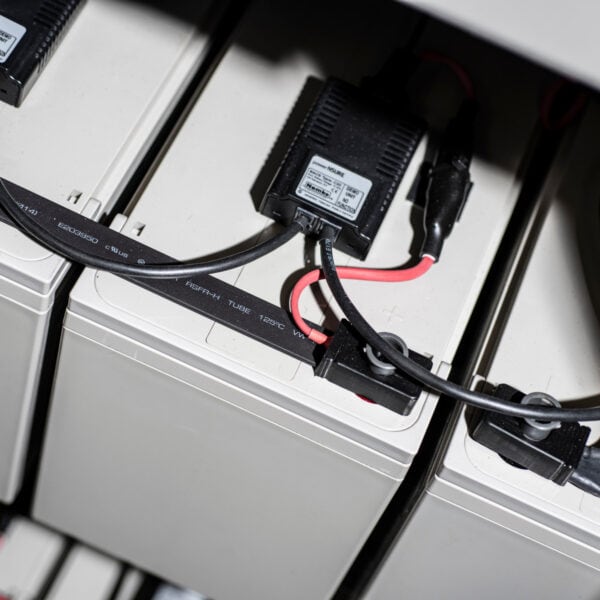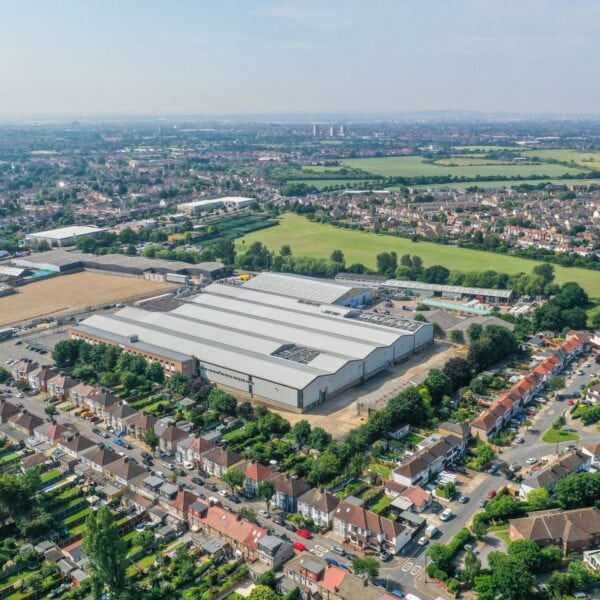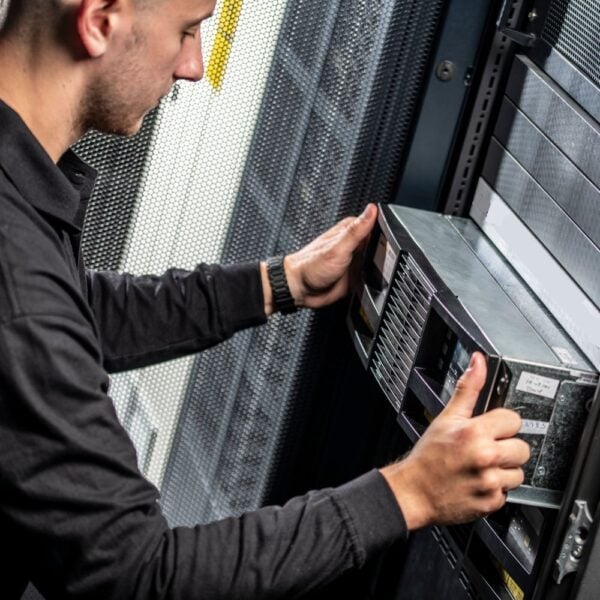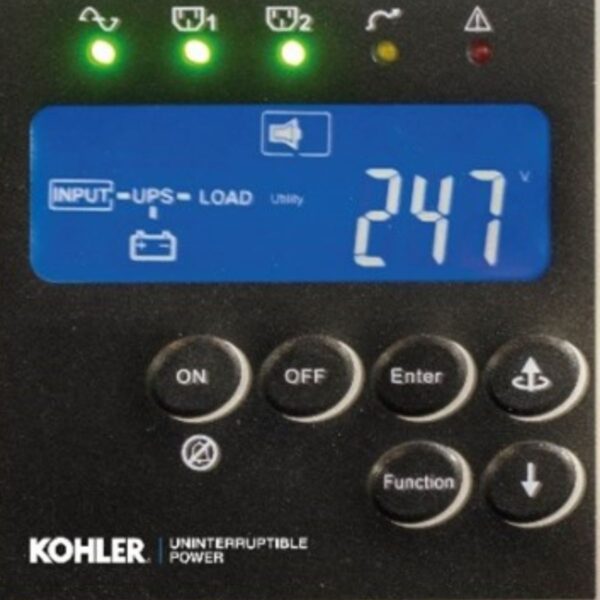As large organisations with heavy power demands, most universities will devote considerable effort and innovation to reducing their energy bills and carbon footprint – and Cambridge University is no exception. They have an all-encompassing approach called the Cambridge Green Challenge; it’s interesting because it addresses how individuals studying and working at the University, as well as senior policymakers, can contribute to energy reduction. “It’s both ours and yours”, as the Challenge says of itself.
Contributions at individual and institutional level
Inspiration and support can be delivered to individual departments through Green Impact, which is the University’s Environmental Accreditation Scheme. This helps the departments to form small teams who progress through simple, clear and easy criteria towards recognised targets and awards.
However, the University’s Carbon Reduction Strategy equally recognise the corporate aspect. It says: “While individuals can and must act to reduce carbon emissions, it is societal and institutional action, sustained through the decades, which must lie at the heart of meeting climate change challenges[i].”
Some facts and figures provide context to this institutional aspect. Cambridge University has around 20,000 students and 11,000 staff, and energy costs of £15m a year, based on a 2017/8 energy consumption of 136.9 GWh. The University is committed to continual environmental improvement to reduce its energy-related carbon emissions to absolute zero by 2048, with a steep 75% decrease on 2015 emissions by 2030.
Of this estate, the biggest single building electricity user is West Cambridge Data Centre, which consumed 9 GWh of electricity over the period. It’s not unusual for data centres to take such a significant proportion of a site’s power – and, as UPSs are major equipment items within a data centre, it follows that optimising UPS efficiency will make an important contribution to the site’s overall Green strategy.
UPS efficiency comes from both technology and topology
UPS designs like KUP’s KOHLER PW 9250DPA facilitate optimised UPS efficiency for several reasons. Firstly, the modular UPS’s inherently efficient transformerless, power semiconductor technology-based design includes three-level topology and interleaving controls; this allows online energy efficiencies of over 97% when the load is between 25 percent and 75 percent of nominal capacity. Both running and cooling costs are reduced.
Secondly, the UPS has a near-unity input power factor at full load, while input current total harmonic distortion (THDi) is below 3 percent. This saves unnecessary over-sizing of gen-sets, cabling and circuit breakers, avoids extra heating of input transformers and extends the overall lifetime of all input components.
The next key factor is the UPS’s modular topology, which means that the system can be ‘right-sized’ to prevailing requirements, with sufficient loading of each module to ensure efficient operation. If the load changes over time, UPS modules can be added or removed to maintain an appropriate capacity.
By contrast, the KOHLER PW 9250DPA’s Xtra VFI mode manages more short-term or unexpected load changes. If the load drops, this smart mode automatically switches excess modules offline to reduce UPS capacity as necessary. So, even at very low loads, each online module can be kept loaded at well above 25% to avoid inefficient operation. All offline modules remain on standby, and ready to switch back to active operation immediately if the load increases or the mains supply fails.
Conclusion
Ever-increasing political and economic pressures to operate green, sustainable policies are compelling universities to pursue all possible avenues for improving energy efficiency. As their data centres are among their biggest energy consumers, and UPSs are major items of equipment within them, effort devoted to improving UPS energy efficiency can contribute significantly to achieving these policies.
Reference
[i] https://www.environment.admin.cam.ac.uk/files/carbon_reduction_strategy_2018.pdf





